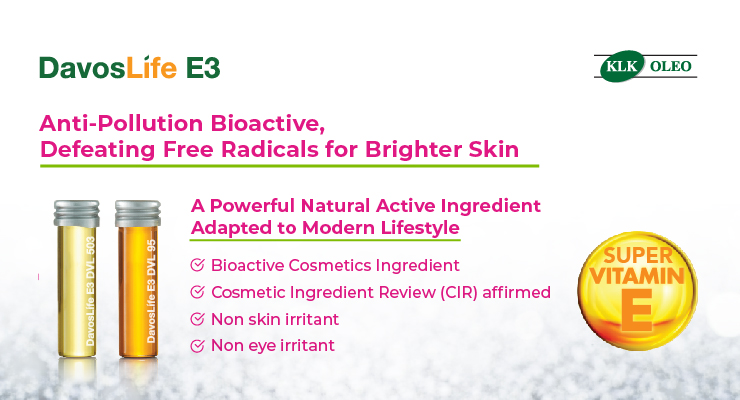Abstract
Proper wound healing is vital for the survival of higher organisms. Responses to skin injury can lead to complications such as scar formation that can affect the quality of life. In this study, keratinocytes migration (scratch assay) and zebrafish tail regeneration experiments were used to evaluate the wound healing effect of a tocotrienol-based nanoemulsified (NE) system against ascorbic acid and phosphate-buffered saline (PBS) as positive and negative controls, respectively. MTT assay provided a concentration range of 0.35-8.75 μg/ml of nanoemulsion that produced cell viability more than 100%. After 24 hours of treatment, the wound closure of keratinocytes were found to be significantly faster by 73.76%, 63.37% and 35.56%, respectively when treated with 3.50 μg/ml and 1.75 μg/ml of NE compared to the blank. The lethal concentration at 50% (LC50 value) obtained from acute and prolonged toxicity was almost similar, which was 4.6 mg/ml and 5.0 mg/ml, respectively. Growth of zebrafish tail regeneration treated with NE at a concentration of 2.5 mg/ml was significantly faster than the untreated zebrafish, which regenerated to 40% on the fifth day, more than 60% on the tenth day of treatment and fully recovered at the twentieth day. In conclusion, these results showed the potential of the tocotrienols-based nanoemulsified system in enhancing wound healing through accelerated wound closure.



